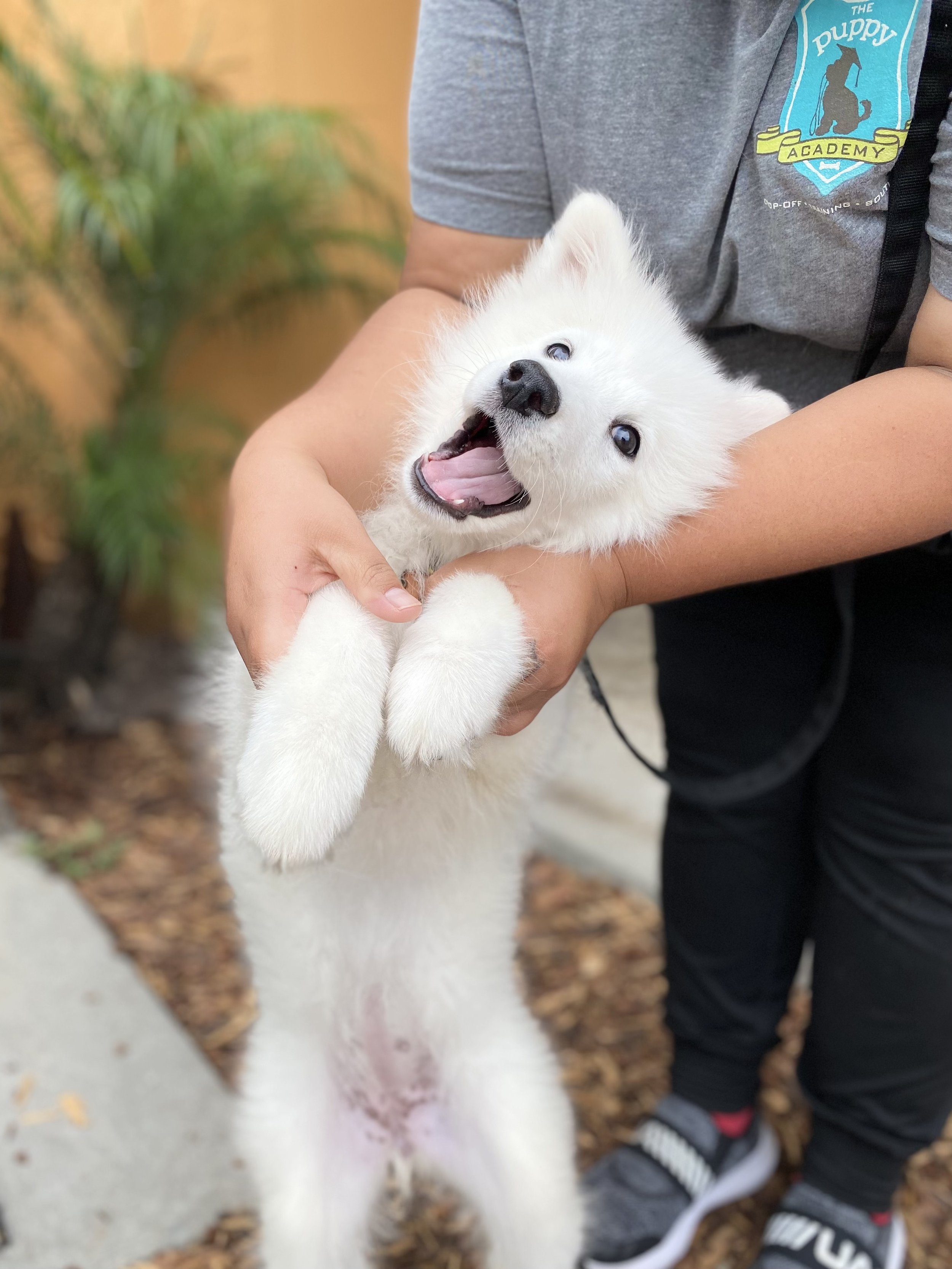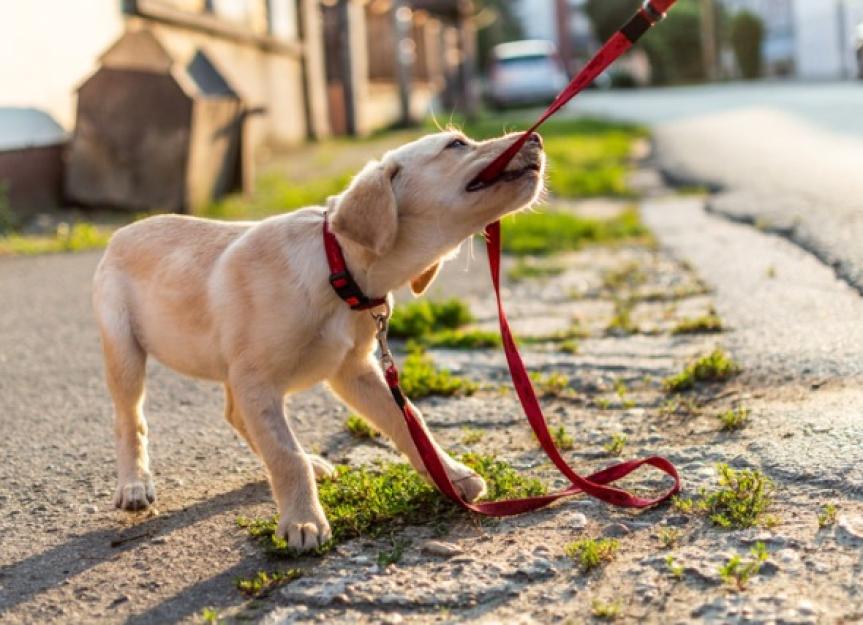Puppy Training 101: How to Start Teaching Your New Pup Right Away
Puppy Training 101: How to Start Teaching Your New Pup Right Away
Blog Article
Leading Young Puppy Training Techniques to Make Certain a Mannerly Pet Dog
Effective pup training is critical for cultivating a mannerly buddy, and various strategies can significantly affect a canine's development. As we check out these techniques further, it comes to be clear that the success of young puppy training pivots on a combination of approaches that can transform your animal's habits in remarkable methods.
Favorable Reinforcement Strategies
Utilizing favorable support methods is essential for efficient puppy training, as it motivates wanted habits with rewards instead of penalty. This method maximizes the natural understanding procedures of dogs, reinforcing etiquette by supplying concrete and immediate rewards, such as deals with, appreciation, or playtime. By associating favorable results with details actions, puppies are most likely to duplicate those habits in the future.
Incentives must be offered instantly after the desired actions occurs to create a clear connection in the puppy's mind. In addition, varying the types of rewards can preserve a young puppy's interest and inspiration throughout the training process.

Uniformity in Educating Commands
Keeping uniformity in training commands is important for strengthening the lessons found out through positive support methods. Canines prosper on regular and predictability, so making use of the same verbal commands and hand signals for specific habits is essential. This uniformity assists pups understand what is expected of them, lowering complication and aggravation for both the family pet and the trainer.

Timing additionally plays a considerable function in uniformity. Commands need to be delivered promptly throughout training sessions and adhered to promptly by positive reinforcement, such as deals with or praise. This prompt action assists solidify the association in between the command and the desired actions.
Integrating consistency into training sessions will certainly develop a steady learning setting, promoting quicker proficiency of commands. Ultimately, a well-structured strategy promotes a strong bond in between the puppy and its proprietor, resulting in an extra well-behaved and loyal pet.
Socialization With Various Other Animals
Socializing with other family pets is vital for a puppy's growth, as it assists them find out suitable actions and communication abilities in diverse social contexts. Early communications with different animals can dramatically influence a young puppy's temperament and versatility in numerous situations. When young puppies are revealed to a range of pets, they end up being a lot more certain and less scared, which can protect against potential behavior concerns later in life.

Teach your pup to recognize signals from other family pets, such as signs of playfulness or pain, fostering common respect and understanding. Normal socialization not just enhances your young puppy's social abilities however additionally contributes to their overall visit health, producing an extra harmonious living setting.
Cage Training Conveniences
Acknowledging the many advantages of pet crate training can significantly boost both the puppy's and owner's experience. Crate training gives a secure and safe setting for puppies, ensuring they really feel shielded when left alone. This sense of safety can significantly minimize anxiousness and tension degrees for both the pet dog and the owner.
In addition, crates offer as a useful house-training tool. Puppies naturally prevent staining their resting location, therefore encouraging them to hold their bladder until they are allow outdoors. This impulse can accelerate the house-training procedure, fostering good practices early.
When without supervision,Crate training additionally helps in handling a puppy's habits - puppy training. By giving a marked space, proprietors can prevent damaging actions, such as chewing on furniture or entering dangerous substances. Dog crates can be advantageous during travel, using a familiar space that can aid soothe a pup in brand-new environments.
Finally, developing a cage regular urges independence, permitting young puppies to learn how to be alone without fear. On the whole, dog crate training is an efficient approach for advertising serenity, discipline, and security, resulting in a well-adjusted, mannerly pet dog.
Leash Training Basics
Leash training is a fundamental facet of responsible pet dog ownership that makes sure a pleasurable and secure strolling experience for both the young puppy and its proprietor. Proper chain training starts early, ideally throughout the pup's socializing duration. This training assists establish great behaviors and promotes positive actions when out in public.
To begin, choose a comfy collar or harness that fits your pup well. Attach a strong chain, guaranteeing it is not too long, as this can cause drawing and irregular behavior. Begin in a peaceful setting to minimize disturbances look at these guys and progressively present your puppy to new environments.
Usage positive support strategies, such as deals with and appreciation, to urge your pup to stroll next to you. If your young puppy pulls, stop strolling and wait for them to return to your side prior to proceeding.
Furthermore, integrate short training sessions with fun distractions to build your puppy's focus. With devotion and determination, leash training will result in a well-mannered companion, making strolls satisfying for both the owner and the pup.
Verdict
In final thought, employing efficient pup training techniques is important for developing a well-behaved pet dog. In general, these approaches collectively promote an unified relationship between puppies and their proprietors.
As we discover these approaches better, it becomes clear that the success of puppy training pivots on a mix of approaches that can change your pet's actions in amazing means.
Utilizing favorable reinforcement strategies is important for reliable young puppy training, as it motivates desired actions through incentives rather than punishment.Crate training likewise assists in taking care of a puppy's behavior when without supervision.Leash training is a basic facet of responsible pet ownership that ensures a delightful and secure strolling experience for both the puppy and its owner.In conclusion, click reference employing effective young puppy training methods is vital for creating a mannerly pet dog.
Report this page